
Microgreens have rapidly grown in popularity due to their vibrant flavor, rich nutritional value, and fast-growing nature. Whether you’re a home gardener, chef, or commercial grower, learning how to grow microgreens can be both enjoyable and profitable.
In this guide, we’ll walk you through everything you need to know—from selecting the right microgreen seeds to harvesting your fresh, nutrient-dense greens.
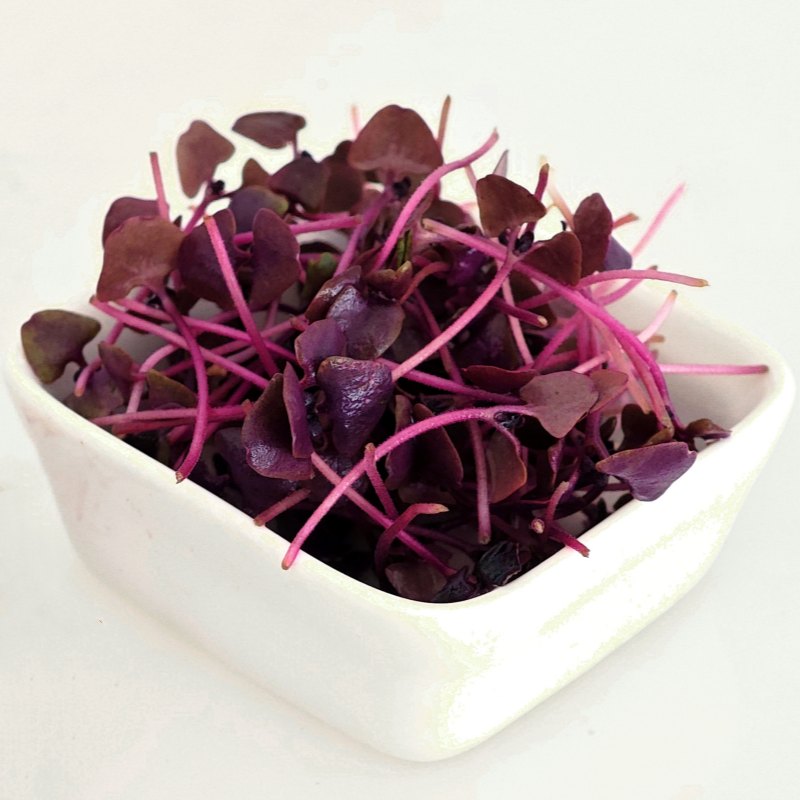
What Are Microgreens?
Microgreens are young vegetable greens harvested just after the cotyledon leaves have developed. Unlike sprouts, they are grown in soil or a growing medium and are usually harvested within 7–21 days.
They’re packed with nutrients, offer intense flavors, and add color and texture to salads, dishes, and sandwiches. Plus, microgreens are easy to grow indoors or outdoors, making them perfect for urban gardens or kitchen windowsills. Popular types include radish microgreens, broccoli microgreens, basil microgreens, and arugula microgreens.

Popular Microgreen Seed Varieties
There’s an incredible range of vegetables and herbs that can be grown as microgreens. Here are some top-performing and flavorful microgreen seed varieties:
- Brassicas: Broccoli, Cauliflower, Green Kohlrabi, Purple Kohlrabi, Green Cabbage, Red Cabbage, Mustard Greens, Komatsuna, Tatsoi, Bok Choy
- Root Crops: Cherry Radish, Carrot, Leaf Beet (Chard), Edible Amaranth
- Lettuces & Leafy Greens:Lettuce, Endive, Watercress, Garland Chrysanthemum, Parsley
- Alliums: Wild Chives, Welsh Onion, Cilantro (Coriander), Onion
- Herbs:Oregano, Dill, Red Perilla, Green Perilla, Fennel, Basil (including Green Basil, Purple Basil, and Clove Basil)
- Legumes: Broad Bean, Garden Pea, Peanut
- Specialty Greens: Nasturtium, Alfalfa, Red Clover, Water Spinach, Wheatgrass
- Sunflower Types:Oil Sunflower (great for thick, crunchy shoots)
- Other Nutrient-Dense Options:Borage, Arugula (Rocket)
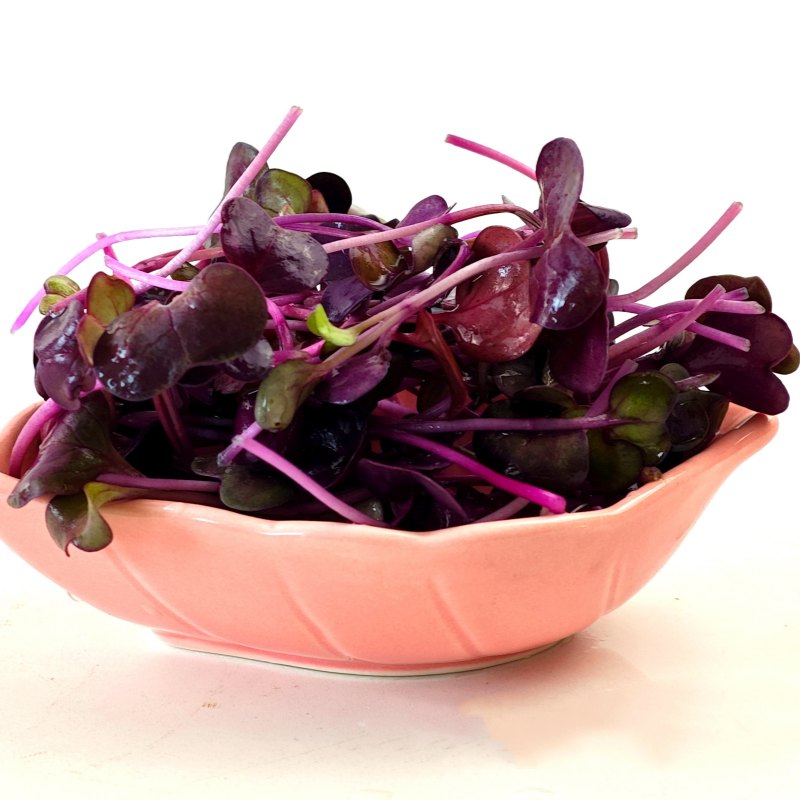
Some of the most recommended varieties include:
- Red Radish Microgreen Seeds – crisp texture and spicy flavor.
- Green Basil Microgreen Seeds – aromatic and perfect for salads.
- Purple Basil Microgreen Seeds – striking color and bold flavor.
- Celery Microgreen Seeds – subtle crunch with refreshing taste.
- Arugula Microgreen Seeds (Big Leaf) – classic peppery bite.
- Chinese Broccoli (Kailaan) Microgreen Seeds – nutrient-dense and earthy.
These microgreen seeds vary in flavor—ranging from mild and sweet to bold and spicy—and texture, allowing growers to create diverse mixes and culinary experiences.
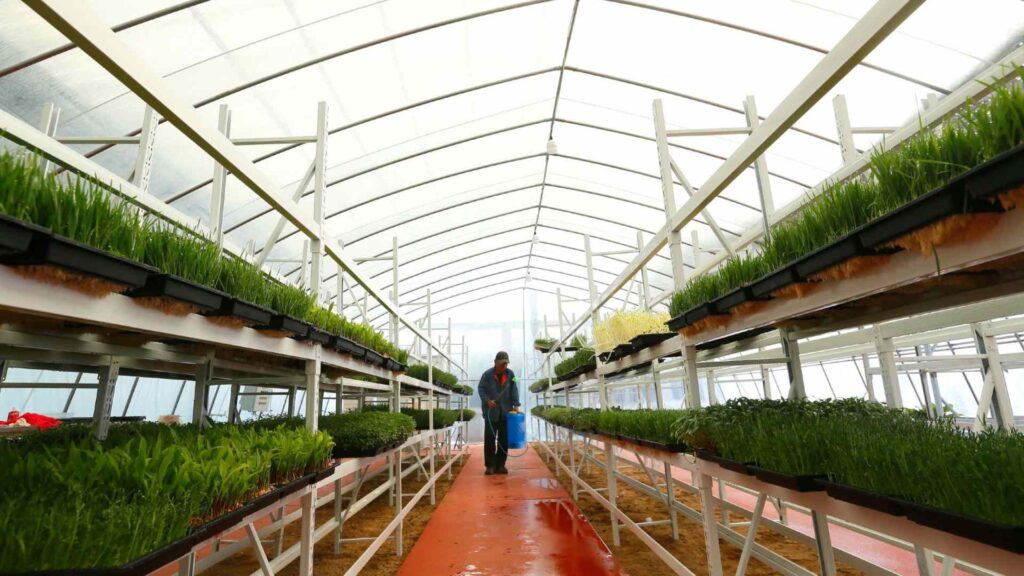
How to Grow Microgreens – Step-by-Step
1. Choose Your Seeds
Select high-quality, untreated seeds specifically labeled for microgreens. Organic and non-GMO microgreen seeds are highly recommended for safe consumption.
2. Prepare a Growing Medium
Use shallow trays with drainage and fill them with a fine-textured potting mix or coconut coir. Level the surface and moisten it thoroughly.
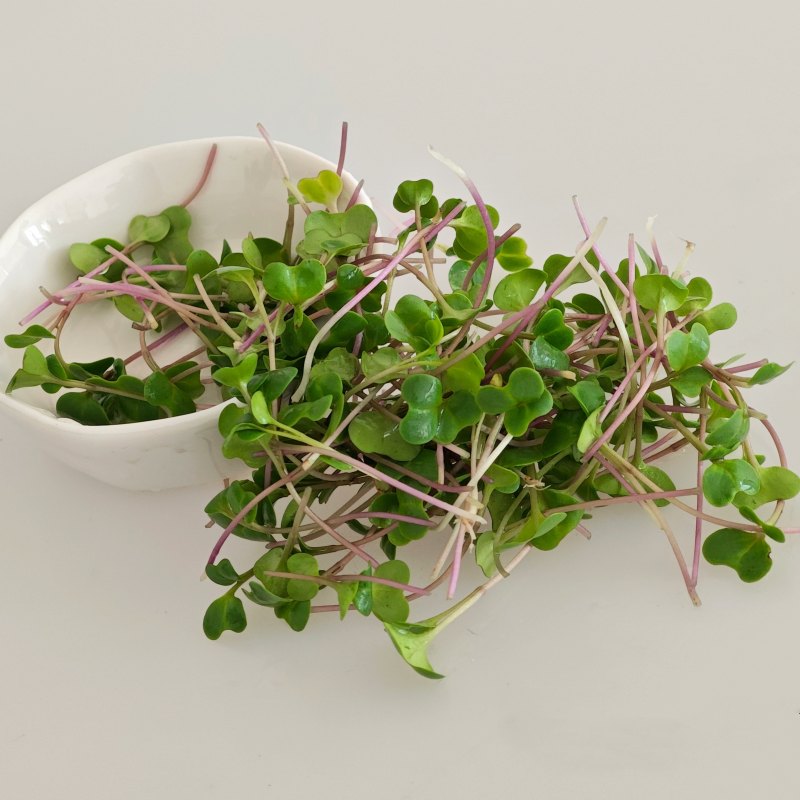
3. Sow the Seeds
Scatter seeds evenly across the surface. For smaller seeds like broccoli or cabbage, avoid overcrowding. Gently press the seeds into the soil but do not cover them too deeply.
4. Create the Right Conditions
Place the tray in a warm, well-lit area. A grow light can help ensure uniform growth. Covering the tray with a dome for the first 2–3 days can help seeds germinate evenly.
5. Water Carefully
Use a spray bottle or bottom-watering method to keep the growing medium moist but not soggy. Avoid overwatering, as this may lead to mold or damping-off.

grow microgreens seeds
6. Harvest Your Microgreens
Within 7 to 21 days (depending on the variety), your microgreens will be ready. Use clean scissors to cut them just above the soil line when the first true leaves appear.
7. Store and Use
Rinse lightly and store in a sealed container in the fridge. Use them fresh in salads, smoothies, sandwiches, and gourmet dishes.
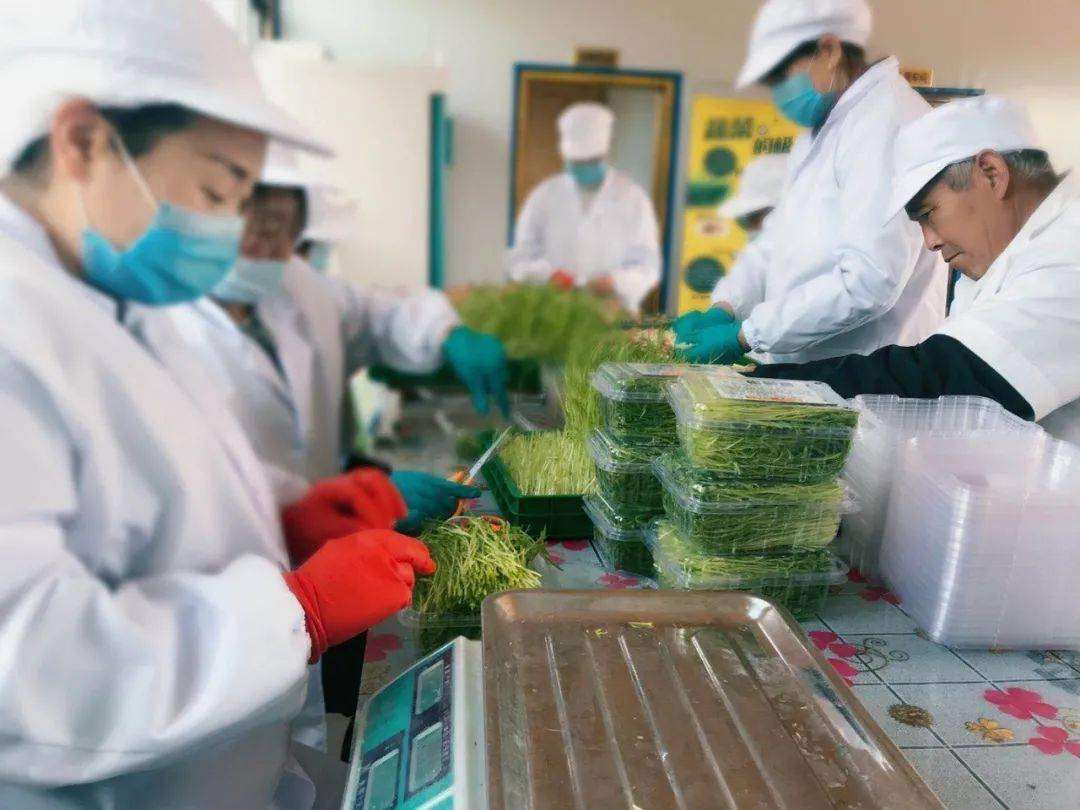
Benefits of Growing Microgreens
- Fast Turnaround: Harvest in as little as 7–10 days.
- Year-Round Growing: Suitable for indoor or greenhouse cultivation.
- High Profit Margin: Excellent for small-scale commercial production.
- Nutritional Powerhouses: Rich in vitamins A, C, E, and antioxidants.
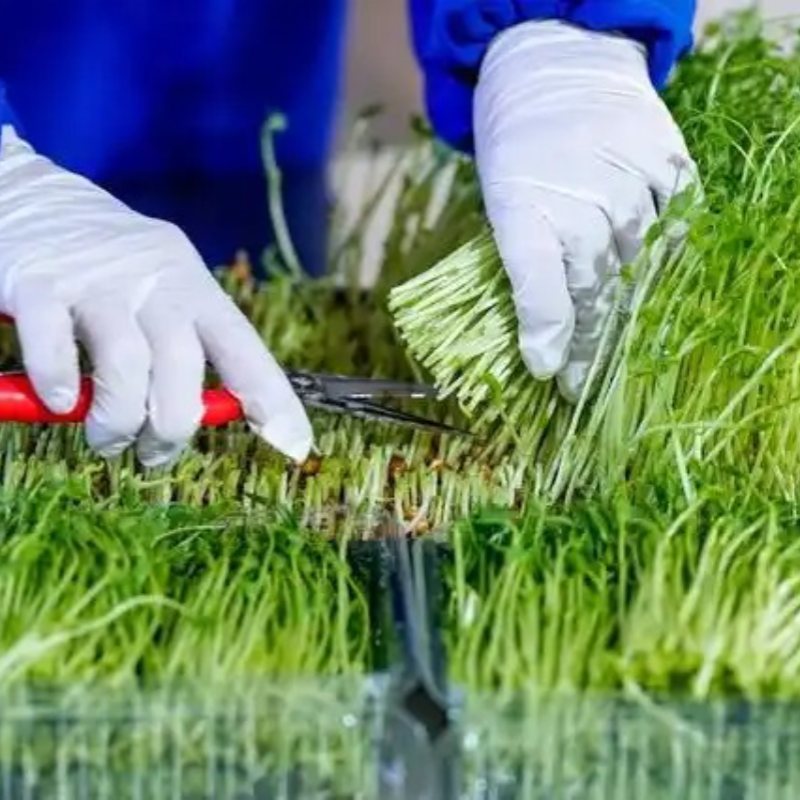
Tips for Success
- Use fresh, high-quality organic microgreen seeds for best results.
- Maintain good ventilation to prevent fungal issues.
- Rotate your trays under the light for even growth.
- Experiment with colorful varieties like purple radish microgreens or purple basil microgreens for added visual appeal.
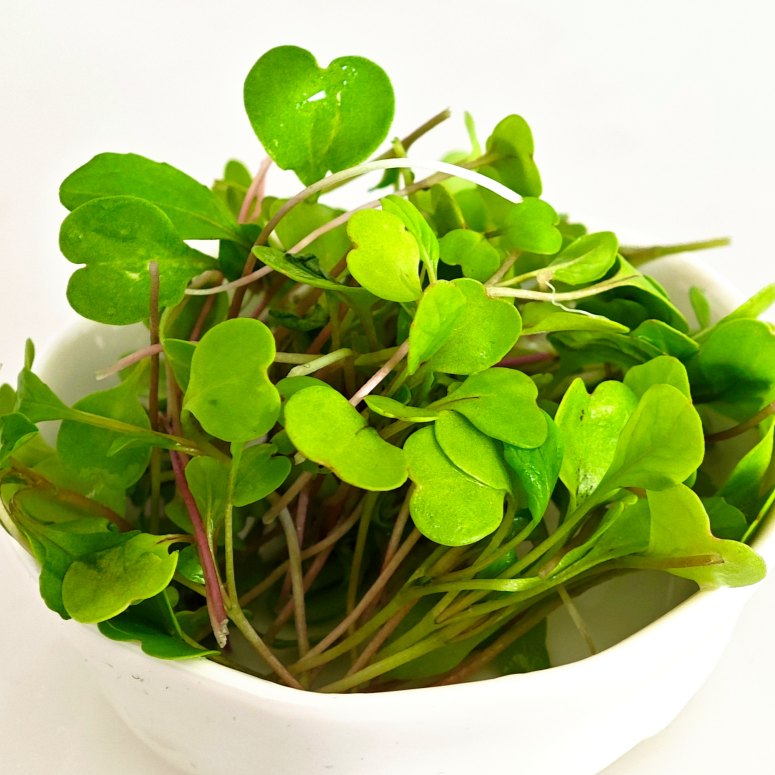
Why Grow Microgreens?
Growing microgreens at home is cost-effective, space-saving, and sustainable. Whether you’re adding them to smoothies, sandwiches, or salads, they’re a perfect way to boost nutrition.
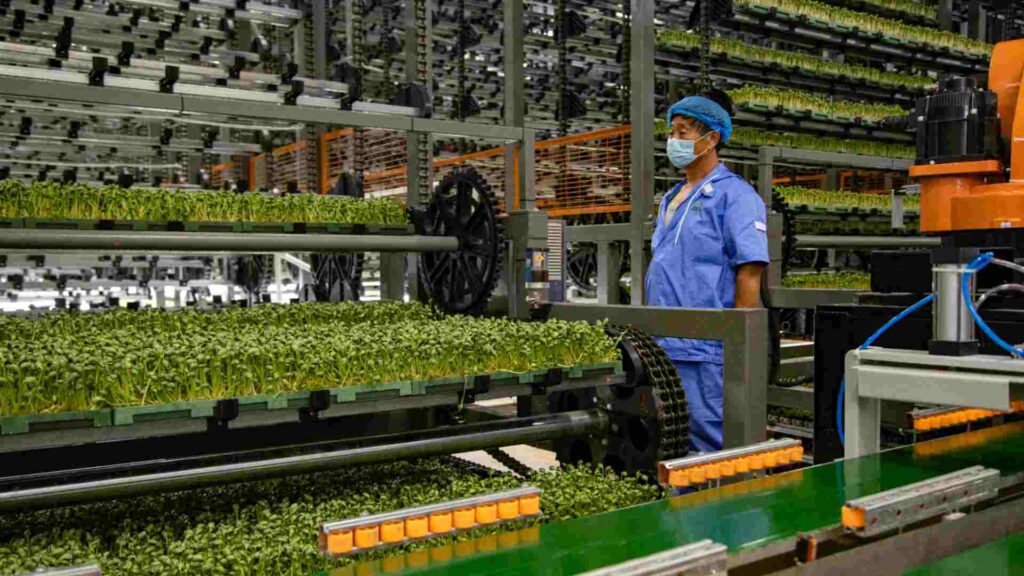
Where to Buy Microgreen Seeds?
Looking for premium microgreen seeds for sale? At Luteseeds, we offer a curated selection of the best microgreen varieties including red radish, basil, arugula, and more. Our seeds are tested for high germination rates and consistent quality—perfect for hobbyists and commercial growers.
Final Thoughts
With minimal space and investment, microgreens offer maximum returns in nutrition, flavor, and market value. Whether you’re sowing broccoli microgreen seeds, red cabbage microgreen seeds, or arugula microgreen seeds, the process is simple, fun, and deeply rewarding.
Start growing today, and let your kitchen or farm flourish with vibrant greens!




